#cultural landscapes
Explore tagged Tumblr posts
Text
If you're from Argentina, you've probably heard about the Iberá wetlands, and you know the tourist pitch: a vast expanse of natural wonders in the middle of Corrientes, full of beautiful lapachos, cute carpinchos and yacarés, and now home to the fastest-growing wild yaguareté population, all with the unique Guaraní influenced culture of rural Corrientes.
Now, things aren't as shiny as they look, since the creation and management of the new national park is still a point of contention in many ways, but you will be suprised that this kind of thinking about the Iberá is very, very recent. Most people considered it an obstacle to progress, a big bunch of swamp in the middle of what could be a very productive ranching province. In a geography book from the 1910s (unfortunately I lost the screencap) it says something like "the biggest obstacle for the development of the province is this swamp, and it should be drained"
This took me to the other side of the world, to the Netherlands. They're known for land reclamation, from literally building their country from the sea. Especially when we're facing rising sea levels because of climate change, the Dutch seem like miracle workers, a look into our future. You will find no shortage of praise about how with some windmills and dams, the Dutch took land "from the sea", and turned it into quaint little polders, making a tiny country in Europe a food exporter and don't they look so nice? But when you look about it, you can barely find anything about what came before those polders. You have to dig and dig to find any mentions of not "sea", but of complex tidal marshes and wetlands, things I've learned are ecologically diverse and protected in many places, but you won't find people talking about that at all when talking about the Netherlands. It's all just polders now. What came before was useless swamp, or a sea to be triumphantly conquered. It's like they were erased from history
The use of that language reminded me of the failed vision of draining Iberá... and the triumphing vision in the Netherlands, and many other places. Maybe those wonderful places, those unique wetlands, would have been a footnote, you wouldn't find anything unless you were a bored ecologist who looked, and not even then. Now, far it be from me to accuse the medieval Dutch, who wanted to have more space to farm, of ecocide. And don't think this is going to be a rant against European ecological imperialism either, as the most anthropized places you can find are actually in China and India. But it does get me thinking.
I work with the concept of landscape, and landscape managing. (Not landscaping, those guys get better paid than me) The concept of landscape is somewhat similar to the concept of ecosystem you know from basic biology, but besides biotic and abiotic factors, you also have to involve cultural factors, that is, humans. There is not a single area of "pristine" untouched nature in the world, that is a myth. Humans have managed these landscapes for as long as they have lived in them. The Amazon, what many people think about when they think about "unspoilt" nature, has a high proportion of domesticated plants growing on it, which were and are still used by the people who live on it, and there once were great civilizations thriving on it. Forests and gardens leave their mark, so much that we can use them to find abandoned settlements. From hunter-gatherers tending and preserving the species vital to their survival in the tundra to engineers in Hong-Kong creating new islands for airports, every human culture has managed their natural resources, creating a landscape.
And this means these landscapes we enjoy are not natural creations. They are affected by natural enviroments; biomes do exist, species have a natural distribution. But they are created and managed by humans. Humans who decide what is valuable to them and what is not. The Dutch, seemingly, found the tidal marshes useless, and they created a new landscape, which changed the history of their nation forever. We here in modern Argentina changed our perception of Iberá, decided to take another approach, and now we made it a cherished part of our heritage, which will also speak about us in the future.
Ultimately, what is a useless swamp to be drained or a beautiful expanse of nature to be cherished depends in our culture, in us humans. We are the ones who manage and change ecosystems based in our economics, our culture, our society. This will become increasingly important, as climate change and ecological degradation becomes harsher and undeniable. We will have to decide what nature is worth to us. Think about what is it worth to you.
#I REALLY had to restrain myself not to make a football joke about the netherlands#cosas mias#ecology#biology#culture#cultural landscapes
163 notes
·
View notes
Text
Cultural Landscapes: Agave and Olives!
We’ve spent a good amount of time in class talking about different forms of cultural landscapes that humans created, occupied, and used throughout (pre)history. But some of these thousand-years-old landscape traditions and practices are still ongoing today, particularly in the forms of agave and olive productions in the cases of Mexico and Palestine.
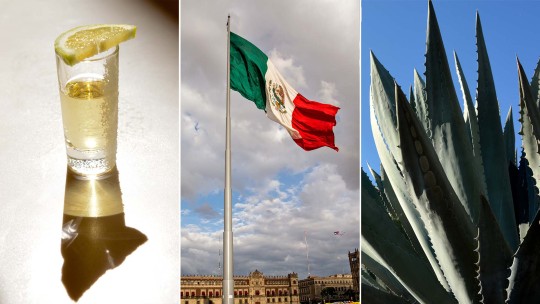
According to UNESCO’s description of Mexico’s Agave landscape, people have been intensively farming and producing blue agave plants between the foothills of the Tequila Volcano and the deep valley of the Rio Grande River for at least 2,000 years. These plants were also then processed by people to make vinegar, syrup, wine, sugar, and of course, the world famous Tequila. Today, both the plant and the cultural landscape in which they are cultivated (also known as the Agave Region) are seen as an important part of Mexico’s national identity.

Another contemporary example of a cultural landscape (as well as the traditions of constructing/maintaining them) that we can see in the world today, lies few kilometers south-west of Jerusalem in Battir, in the form of irrigated terraces used by the farmers to produce olives and vines. The UNESCO website describes the Battir terraces as a major Palestinian cultural landscape that is inhabited by farmers whose family has lived and worked on the land over a millennia, passing down the knowledge, traditions, and practices of developing and maintaining these terraces from a generation to the next. Today, the preservation of these terraces are threatened by the Israeli government, and as a form of ritual landscape, they act as Palestine’s way of defining and legitimizing their occupation of their traditional homeland.
2 notes
·
View notes
Text
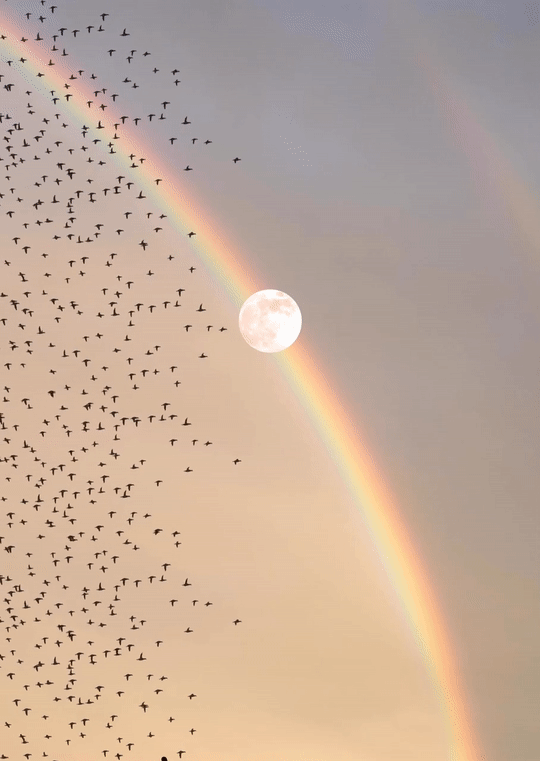



#landsccape#aesthetic#photography#nature#beauty#cute#art#desing#scenery#landscape#paradise#naturecore#adventure#explore#travel#travelling#cottagecore#plants#photographers on tumblr#dark acadamia aesthetic#cottage witch#birds#inspiration#motivation#pale#grunge#ocean#beach#culture#nature photography
21K notes
·
View notes
Text
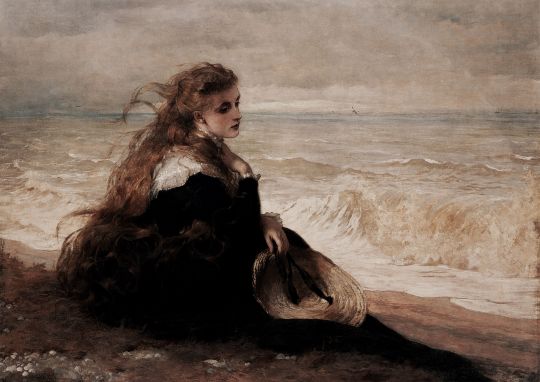
On the Seashore, George Elgar Hicks (1879)
#vintage#art#painting#old paintings#fine art#art history#history#vintage art#artist#artwork#1800s art#1800s#canvas#culture#old art#classical art#vintage aesthetic#artblr#naturecore#landscape#nature aesthetic#victorian#british art#oil painting#museum#history aesthetic#oil on canvas
18K notes
·
View notes
Text

The Alpilles with Olive Trees in the Foreground (1889) by Vincent van Gogh
#art#art history#artwork#painting#history#museums#culture#vintage#curators#museum#post impressionism#landscape#vincent van gogh#van gogh
5K notes
·
View notes
Text

The Garden of Eden by Nicolas Poussin
4K notes
·
View notes
Text








#alıntı#kitap#reading#landsccape#booklover#books#culture#home lifestyle#books and libraries#literature#photography#writing#currently reading#ctiy#travel#landscape#vintage#history#arte#arhitecture#trees#view#scenery#bookworm#romance quotes#edebiyat#studyblr#studyspo#tumblarians#spilled thoughts
17K notes
·
View notes
Text
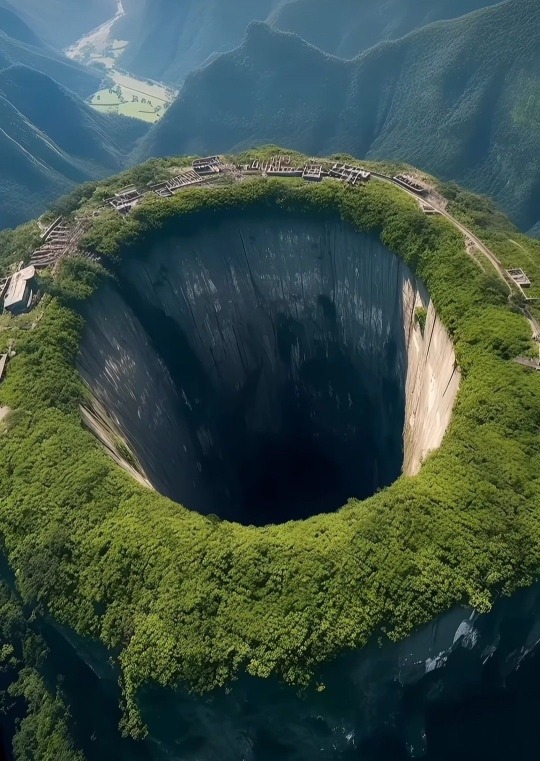
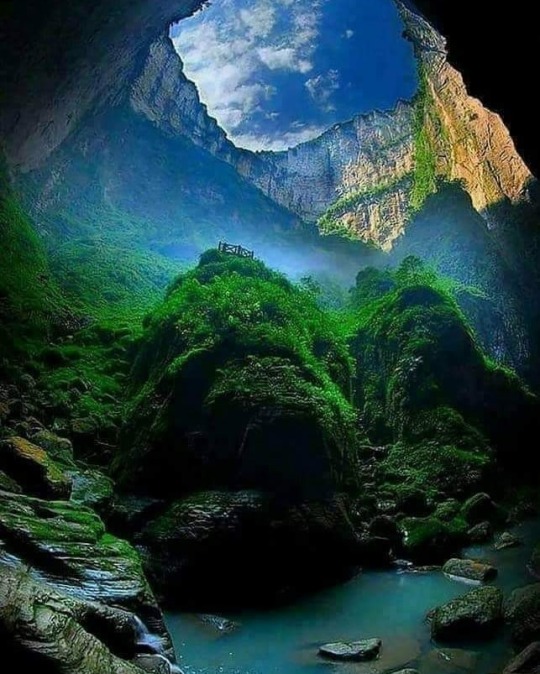

The largest and deepest sinkhole in the world is Xiaozhai Tiankeng, in Fengjie, China. Its name means something like "well of heaven" or "heavenly."
With its 662 meters deep, 626 meters long and 537 meters wide, it is one of the most impressive natural attractions on Earth.
In addition to a great variety of fauna and flora, it is home to an underground river that measures a total of 8.5 km that ends in a spectacular waterfall. In the rainy season, a waterfall is also generated at the mouth of the sinkhole.
#photography#culture#naturephotography#landscapephotography#china#wildlifephotography#landscape photography
7K notes
·
View notes
Text

Blossoming Trees (1882) by Childe Hassam
2K notes
·
View notes
Text

The Crossing and Chancel, Looking Towards the East Window (1794) by J.M.W. Turner
2K notes
·
View notes
Text

-Irises-
#art#art history#culture#history#artwork#curators#museums#van gogh#vincent van gogh#vintage#post impressionism#landscape
2K notes
·
View notes
Text
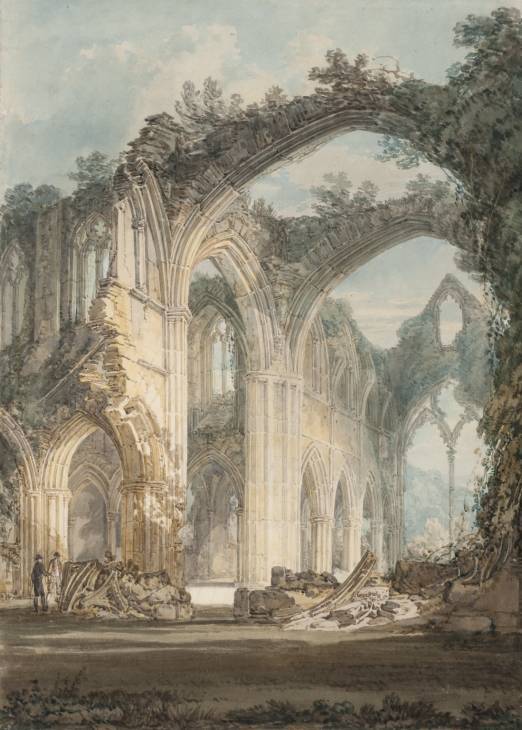
-The Crossing and Chancel, Looking Towards the East Window-
3K notes
·
View notes
Text

#photography#landscape#animal#quote#cinematography#flowers#romance#nature#real#style#photo#aesthetic#art#scenery#motivation#travel#culture#visuals#emotions#ethereal#timeless#harmony#love#stories#interior#traditions#fashion#anime
1K notes
·
View notes
Text






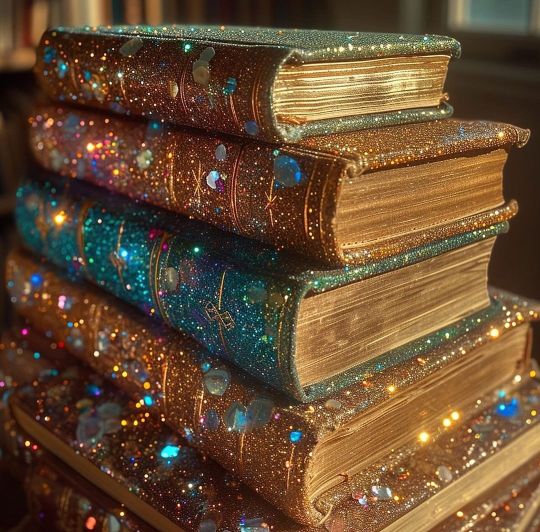

#alıntı#kitap#reading#landsccape#booklover#books#culture#home lifestyle#home decor#books and libraries#literature#photography#wiriting#currently reading#travel#landscape#vintage#history#arte#arhitecture#trees#view#scenery#bookworm#romance quotes#edebiyat#studyblr#studyspo#tumblarians#artwork
11K notes
·
View notes

